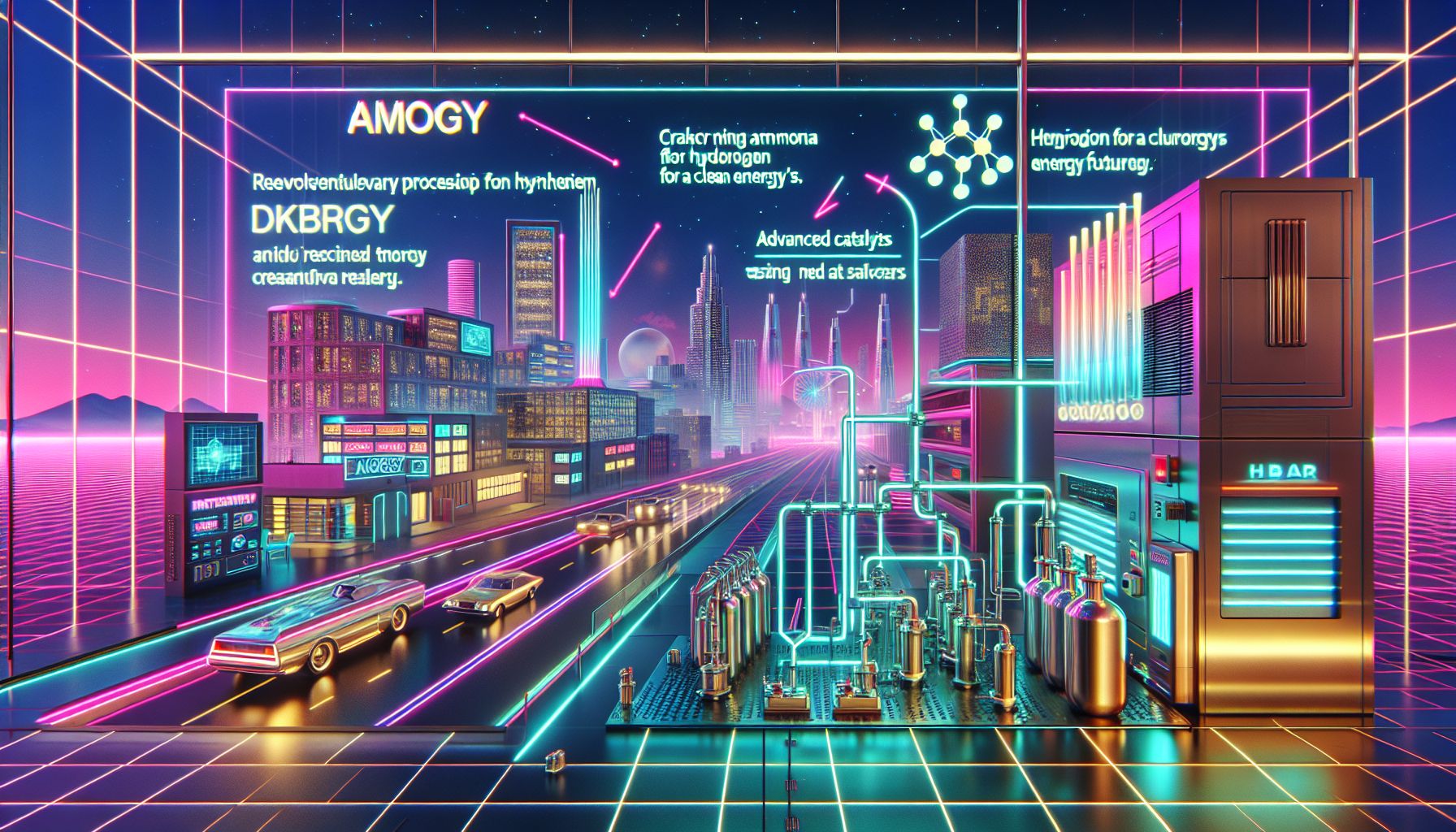Amogy and KBR Join Forces for a Cleaner Energy Future

London, Wednesday, 17 September 2025.
Amogy and KBR’s partnership promises to revolutionize the hydrogen economy by cracking ammonia into hydrogen, a clean energy source, using advanced catalysts. Could this be the key to global decarbonisation?
A Promising New Collaboration
Yesterday, Amogy and KBR sealed their partnership with a Memorandum of Understanding (MoU) at Gastech 2025, aiming to explore and amplify ammonia-to-hydrogen technologies. Why does this matter? Well, ammonia is not just a fertiliser anymore. It’s becoming a superstar in the hydrogen economy, offering a clean and transportable form of energy [1][2].
Focus on Ammonia Cracking
The collaboration focuses on ammonia cracking, which involves breaking down ammonia into hydrogen and nitrogen. This is key because, unlike hydrogen, ammonia can be easily stored and transported using existing infrastructure. Imagine shipping energy across the globe in liquid form, then converting it back into hydrogen to power our industries and vehicles. That’s the beauty of ammonia cracking [1][3].
Catalyst Development
At the heart of this technological leap are advanced catalysts. Amogy’s proprietary Ruthenium catalysts will be tested within KBR’s platforms. These catalysts are crucial because they make the conversion process more efficient and scalable, paving the way for commercial deployment in sectors like offshore and heavy industry [1][4].
The Role of KBR
KBR brings its H2KPlus™ technology to the table, a suite of solutions known for their efficiency in hydrogen production. This tech-savvy firm has been a leader in sustainable energy solutions, and its involvement means there’s a good chance this initiative will significantly impact the hydrogen market [1][5].
A Look Ahead
This partnership isn’t just about technology; it’s about global decarbonisation. By making hydrogen more accessible and easier to use, Amogy and KBR are helping to shift the energy landscape toward cleaner alternatives. And who knows? This might just be the collaboration that transforms our energy future [1][6].
Bronnen
- amogy.co
- fuelcellsworks.com
- www.tradingview.com
- www.qcintel.com
- www.hartenergy.com
- swingtradebot.com